How well do you know your astronomical neighborhood? Let’s go on a trip through our solar system and explore the weird, the wild, and the beautiful all around us. Today, we are learning all about Jupiter.
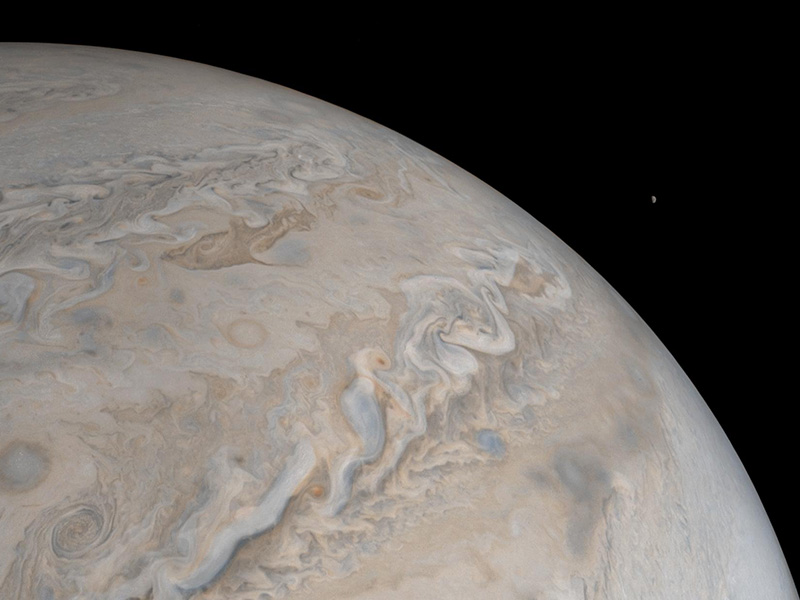
Where is it?
Jupiter is the fifth planet of our solar system, sitting 468.1 million miles from the sun and 396.5 miles from Earth.
Jupiter is the first planet to make a pronounced jump in distance from the Sun. Jupiter is three times as far from the Sun as Mars and nearly five times as far as Earth. This distance creates a split in how we look at the solar system, with inner planets and outer planets. The inner planets are closer to the Sun and are smaller and rockier. The outer planets are further away, larger and made up mostly of gas.
What’s up with the name?
Jupiter’s named after the king of the Roman pantheon. Jupiter, of course, gets much of his mythology from the Greek king of the gods, Zeus. It’s an appropriate name for the biggest planet in the solar system. Jupiter’s name is made up of two parts that literally mean “sky father,” including “pater” which means father in Latin.
The god of sky and thunderbolts, Jupiter was also associated with eagles. Thus, he was revered by the military, where Roman legions carried eagles as standards. Jupiter was also known as Jove in Roman mythology, which is why things of or relating to Jupiter are sometimes referred to as Jovian.
Who “discovered” it?
Once more in this series, we arrive at Galileo Galilei, the famous Italian astronomer. Jupiter is one of the planets visible to the naked eye, so it has always been known to humanity. But, Galileo was the first to document sighting the planet with a telescope.
Interestingly, Galileo didn’t just discover Jupiter, but also was one of the first people to observe Jupiter’s moons. He first noticed three ponts of light near Jupiter, at first believing them to be distant stars. Observing them over several nights, he noted that they appeared to move in the wrong direction with regard to the background stars and they remained in Jupiter’s proximity but changed their positions relative to one another.
He later observed a fourth star near the planet with the same unusual behavior. By Jan. 15, Galileo correctly concluded that they were not stars at all but moons orbiting around Jupiter, providing strong evidence for the Copernican theory that most celestial objects did not revolve around the Earth.
In March 1610, Galileo published his discoveries of Jupiter’s satellites and other celestial observations in a book titled Siderius Nuncius (The Starry Messenger).
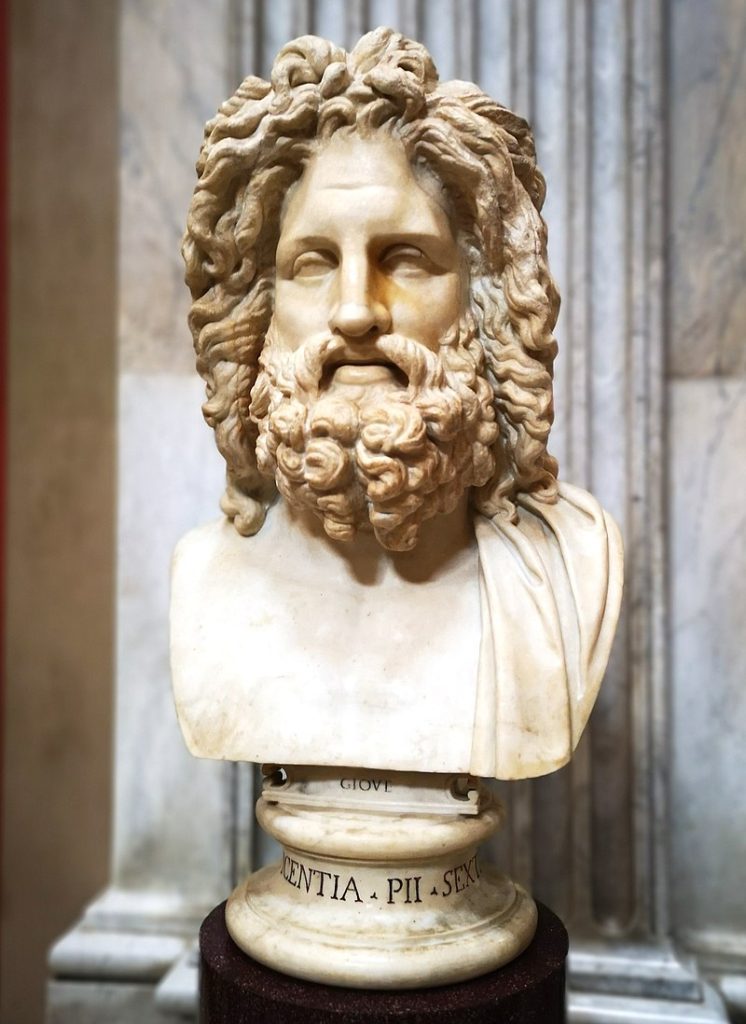

What’s it made of?
Scale is something we can lose track of when talking about space. Big things are big, right? We do have a good way to conceptualize just how big Jupiter is and why It’s the biggest planet in our solar system.
It’s twice as massive as all the other planets combined. It’s nearly 11 times larger than Earth and 317 times the Earth’s mass.
And yet! For scale, our sun is roughly 10 times as wide as Jupiter.
This giant planet is mostly made of gas. The clouds we can see are made of ammonia and water, floating in an atmosphere of hydrogen and helium. In that, its composition is similar to the sun.
Deep in the atmosphere, pressure and temperature increase, compressing the hydrogen gas into a liquid. This gives Jupiter the largest ocean in the solar system—an ocean made of hydrogen instead of water.
Because of the pressure from all those gases, we haven’t explored the surface of Jupiter. As such, we can’t even confirm whether the planet has a central core of solid material, or if it may be a thick, super-hot and dense soup. It could be up to 90,032 degrees Fahrenheit (50,000 degrees Celsius) down there, made mostly of iron and silicate minerals (similar to quartz).
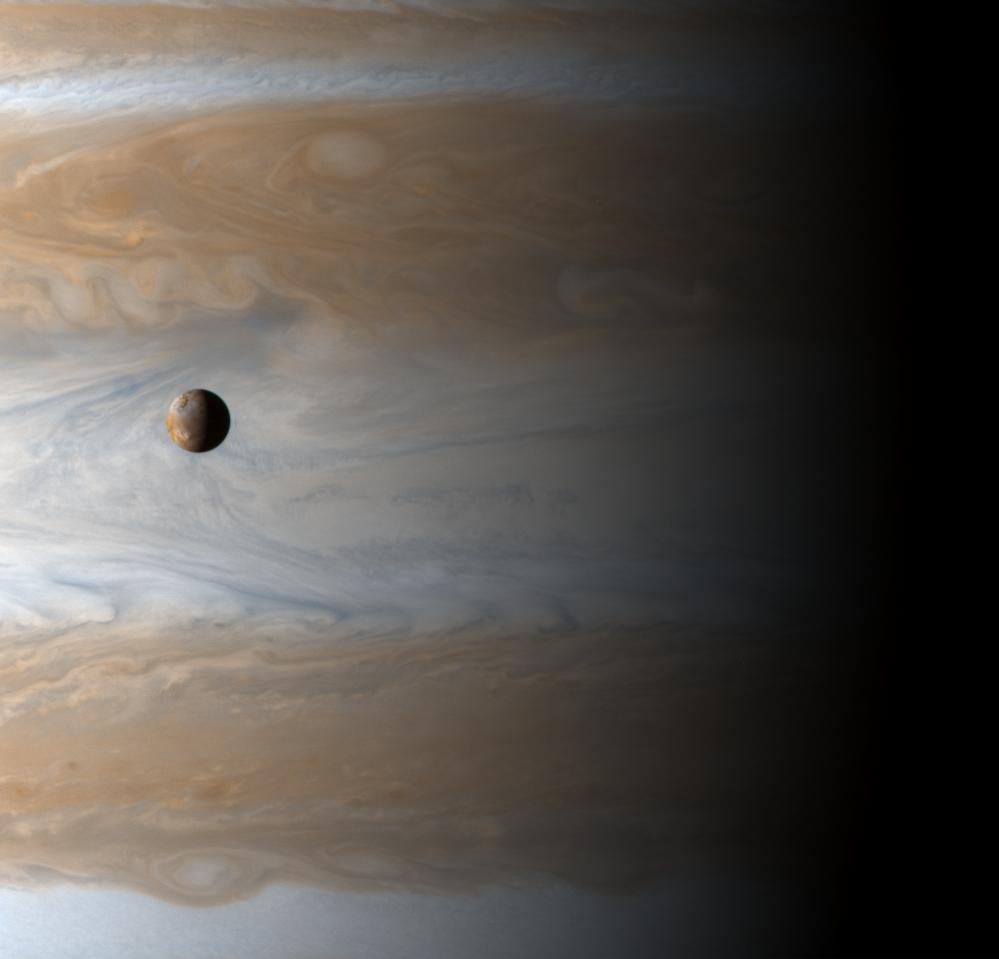
Can we live there?
Didn’t I mention that we don’t even know if there is solid ground? Or if the entire core is just a big vat of soup? Not the best living conditions for humans.
While a spacecraft would have nowhere to land on Jupiter, it wouldn’t be able to fly through unscathed either. The extreme pressures and temperatures deep inside the planet crush, melt and vaporize spacecraft trying to fly into the planet.
Jupiter may be an unlikely place for living things to take hold, but the same is not true of some of its many moons. Europa is one of the likeliest places to find life elsewhere in our solar system. There is evidence of a vast ocean just beneath its icy crust, where life could possibly be supported.
And where life may be supported, human could likely follow.
How long is a year there? What about a day?
Jupiter takes about 12 Earth years, or 4,333 Earth days, to make one orbit around the Sun. However long a year on Jupiter is, it also has the shortest day in the solar system. Jupiter only takes 10 hours to rotate around once.
You know how, on some afternoons, an hour can seem to last for days? On Mercury, one day can last for almost a year.
Mercury completes an orbit of the sun in 88 Earth days, by far the fastest planet in the solar system. However, it’s own “day” lasts much longer than an Earth day. In fact, it takes 59 Earth day for Mercury to rotate on its axis once.
Has NASA sent any missions there?
There have been nine missions in total to Jupiter. Here is a summary of three of the most interesting ones.
Pioneer 10
This one started it all. The Pioneer program was busy. Between 1958 and 1960, the program launched ten missions with the goal of exploring lunar space. After a brief rest, the Pioneer program returned with missions between 1965 and 1969 exploring interplanetary weather.
That brings us to Pioneer 10, the first spacecraft to reach Jupiter. Pioneer 10 launched on March 3, 1972 and reached Jupiter on Nov. 6, 1973. It took scores of photos during its close approach around Jupiter before reaching velocity to exit our solar system.
Galileo
What better name for this mission than to be named after one of the largest figures in modern astronomy. The Galileo mission was the first craft to orbit Jupiter. It launched on Oct. 18, 1989 from the Space Shuttle Atlantis and arrived at Jupiter on Dec. 7, 1995.
It lasted in Jupiter’s orbit for more than seven years before it was crashed into Jupiter’s atmosphere. It returned some of the best data on Jupiter and some of its moons to that point. That included sending an atmospheric probe into Jupiter’s swirling clouds and studying five of Jupiter’s moons.
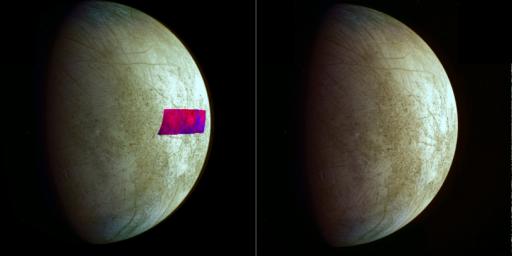
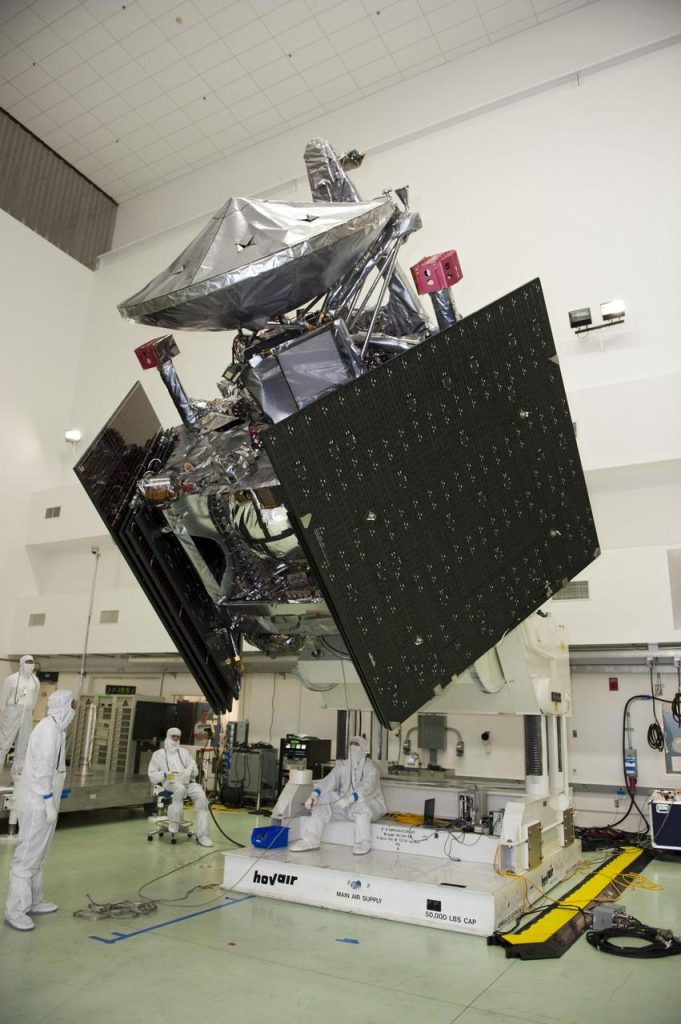
Juno
This is the current mission studying Jupiter. Juno launched on Aug. 5, 2011 and reached Jupiter July 5, 2016.
Unlike the Galileo mission, Juno is solar powered, with its main three solar panels forming “wings” in a triangular pattern you can see to the right.
Juno mission objective is to improve our understanding of the solar system’s beginnings by revealing the origin and evolution of Jupiter. It specifically is looking to determine how much water is in Jupiter’s atmosphere, by measuring the Jovian atmospheric composition, temperature, cloud motions, and other properties, to map Jupiter’s magnetic and gravity fields, and to explore Jupiter’s polar regions, specifically the magnetosphere.
Can I see it from here?
Jupiter is one of the five planets visible without a telescope. It will be visible in the night sky until February 2022, when it will be obscured by the Sun for a period of time before becoming visible again.
Are there any pretty pictures of it?
Of course! There are plenty of amazing shots of Jupiter, especially those returned by the Juno mission
[envira-gallery id=”52416″]








